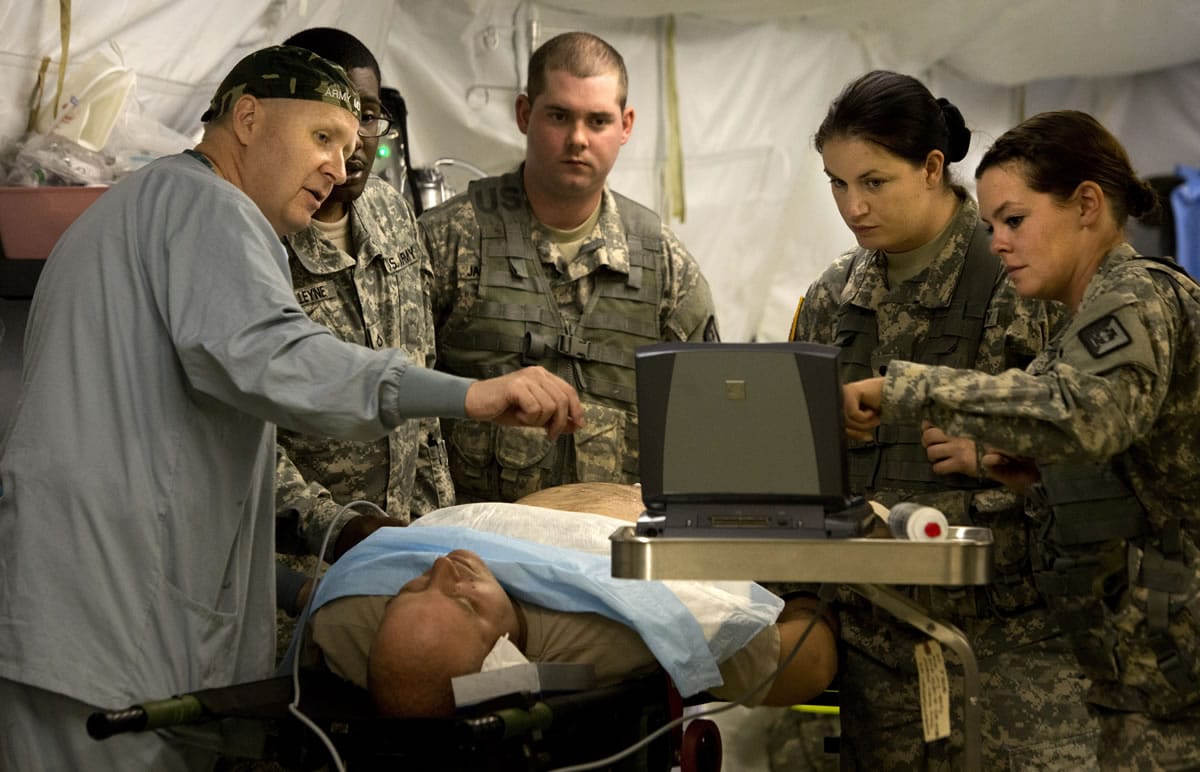TACOMA — Suicides recorded at Joint Base Lewis-McChord saw a small drop in 2013, the first decline in self-inflicted deaths since 2007.
According to base officials, as many as 12 soldiers at the base took their own lives last year, down from 13 each of the two previous years. Two of the deaths are confirmed as suicides and 10 remain under investigation.
The Tacoma News Tribune reports that while the numbers appear to have held fairly steady, Lewis-McChord’s stateside population grew dramatically between 2012 and 2013.
In 2012, all three of the base’s Stryker brigades deployed to Afghanistan at different times. Each took between 3,500 soldiers and 4,500 soldiers. By contrast, the base was full for most of 2013 with about 34,000 active-duty troops at home.
“We had one fewer (suicide) this year. You might say that’s not much progress,” I Corps Commander and Lewis-McChord senior Army officer Lt. Gen. Robert Brown said. “But we had 15,000 more people here.”
The slight decline is consistent with a trend throughout the Army. In November, the U.S. Department of Defense reported suicides declined by 22 percent compared with the same period in 2012, when a record 349 soldiers, sailors, airmen and Marines took their own lives.
The department has not updated its November report to include the entire year.
Some Army posts reported steeper declines in suicides. The Austin American-Statesman this month reported that Fort Hood in Texas recorded up to seven suicides in 2013, down from 20 in 2012.
Self-inflicted deaths among active-duty soldiers began climbing steadily about 2005 and continued to rise despite an intense prevention campaign that steered tens of millions of dollars to research, outreach and training programs.
The causes for the suicide increase defy easy explanation and don’t necessarily connect to a stepped-up pace of combat. Army reports showed that about half of the deaths involved new soldiers who had never deployed to a warzone.
“It breaks your heart,” Brown said. “The Army spends millions of dollars in programs to help individuals, and if we know (someone is in trouble), we can help.”



